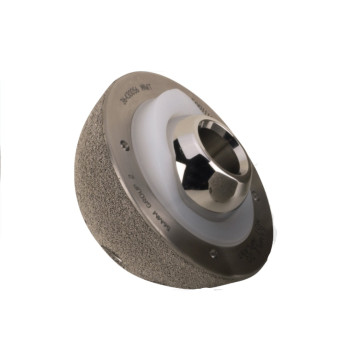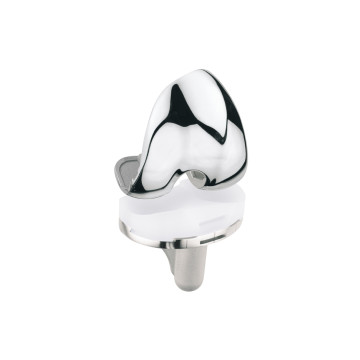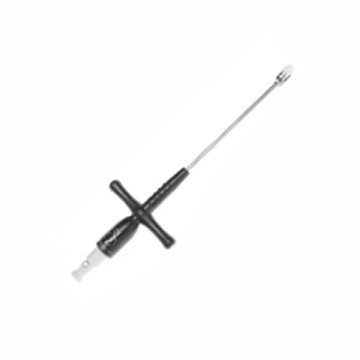
The Barricaid® was designed and developed to address the type of defects in the disc anulus that are most at risk of resulting in failure following lumbar discectomy. Literature indicates that any larger defect is as much as 25 times more likely to reherniate following discectomy than smaller, slit-type defects. The Barricaid® treats larger defects by creating a barrier for the remaining nucleus to hold it within the disc in the damaged anulus.
The Barricaid® is intended to be used as an adjunct to a lumbar limited discectomy to replace missing or damaged section of the anulus identified at the time of surgery.
• In cases of limited discectomy, patients with larger defects are more likely to reherniate – patients with small or ‘slit’ defects have a very low risk (1).
• Patients with larger defects have a reherniation risk as high as 27% - patients with small defects have a risk of reherniation as low as 1%.
The importance of disc height in patient selection
• Patients with taller discs and more nucleus are more likely to benefit from the Barricaid®’s improved disc height maintenance (compared to the control).
• Taller discs are likely to exhibit improved ranges of motion and less low back pain over collapsed discs.
Ideal patient selection summary
• More active
• Good pre-operative disc height: 5+mm
• Larger anular defect: ≥5mm
Two-step patient screening
1. Pre-operatively, disc height measures equal or > 5mm
2. Pre-operatively, exclude patients with:
◦ Collapsed discs, osteoporosis, spinal tumors, or other obvious contra- indications
◦ Less than 3mm posterior bony disc height
3. Intra-operatively: anular defect size measures between 3-6mm in height & 5-12mm in width




